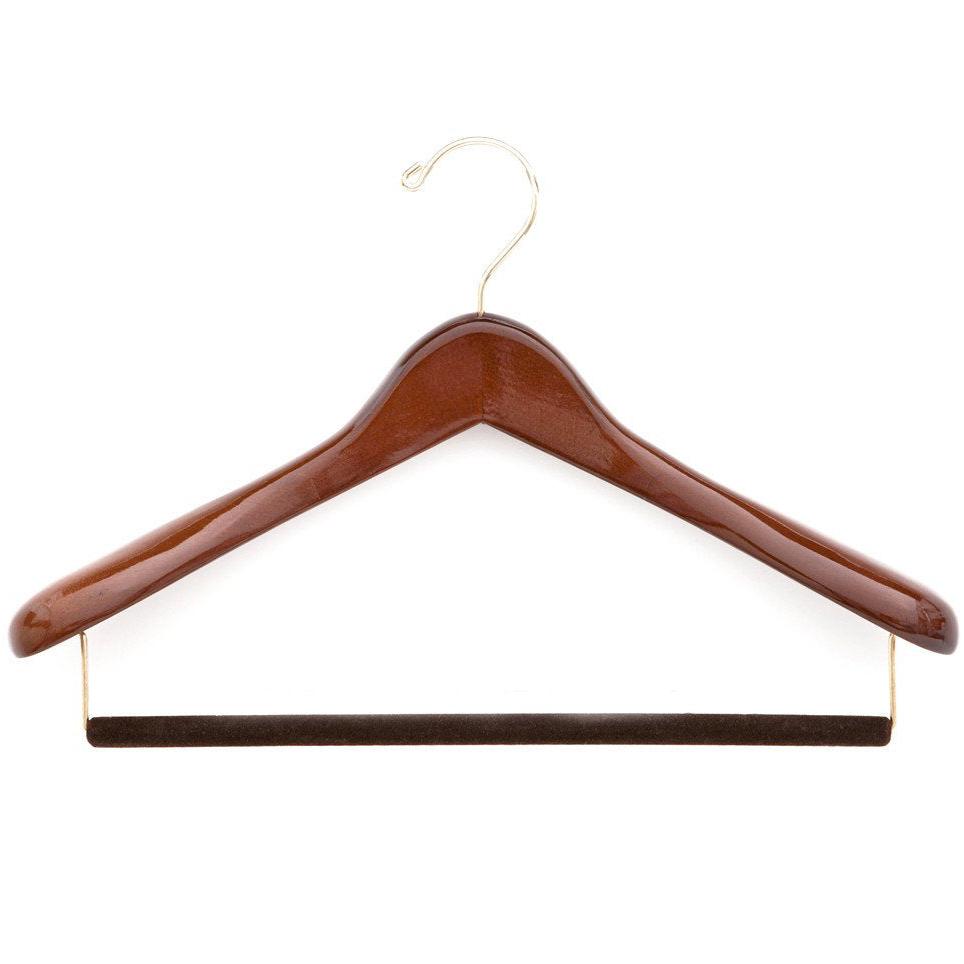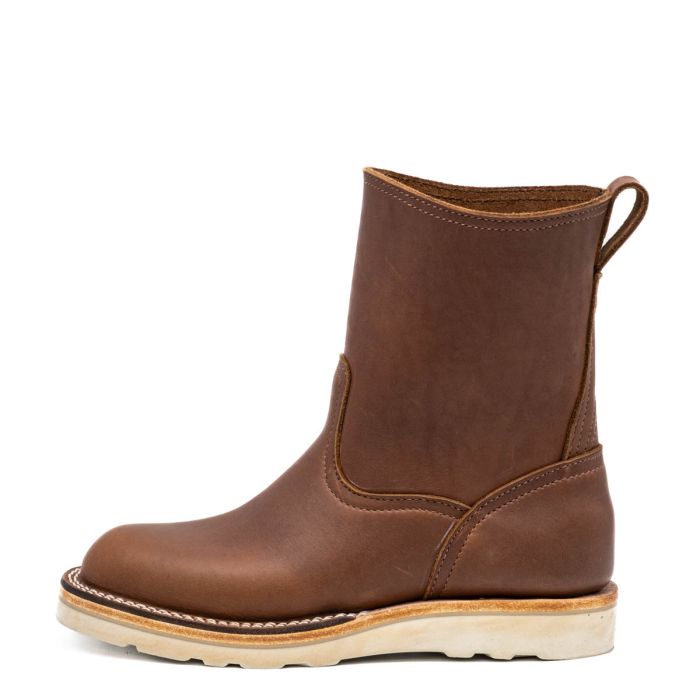JJ Katz
Senior Member
- Joined
- May 31, 2018
- Messages
- 627
- Reaction score
- 676
I’ve often been asked by less clothes-conscious friends and acquaintances the open-ended question of how they should dress, in reference to a specific place or event. A sub-set of that very broad inquiry is: “am I over-dressed?” and it’s one that sometimes requires a bit of contextualisation. Here are my thoughts on the matter.
When clothing and other external signifiers were strictly codified on the basis of propriety, the question would be more aptly stated as: “am I dressed correctly”. In the presence of many, precisely defined categories of formality and types of occasion, even civilian dress conformed to rigid standards, akin to military uniform. Any deviation was deemed gauche and if you go a bit back in time that norm applied quite far down the socio-economic scale, with allowances for material means. That set of conditions has almost entirely disappeared and was already greatly reduced by the middle of the 20th C.
During the transitional period, in the later part of the 20th C., from the late-traditional to the modern concepts of gentility, the issue of overdressing took on a different cast, from strict social observance to a matter of personal politeness. It became indelicate, perhaps even unkind, to wear clothes that would “show up” your hosts or the majority of people present; that might make others feel uncomfortable.
If you think this sounds like the contemporary ideal, you’re missing a lot of context. Even then, it was understood that most would try to dress as well as they could manage; to avoid slovenliness. There were still some fairly widely accepted standards across place and class.
My grandfather, born in 1900, who was always considered particularly polite, friendly and approachable, wore a jacket and tie basically always, unless directly engaged in sport. To be ‘over-dressed’ one really had to overreach: perhaps wearing morning dress to a very modest wedding or a noticeably sharp, three-piece suit to a country lunch. There were, I think, finer gradations in the female sphere but the point is that, depending on the country, well into the 1970s (even later in Europe), one could dress quite smartly without fearing they’d be so over-dressed as to occasion remark or give umbrage.
Cultural norms have moved on significantly from around the turn of the 21st C. Reverse opprobrium towards any sort of historically formal or semi-formal attire has expanded from a minority section of the itself numerically small counter-culture to become much more common, though still concentrated in specific environments and sub-cultures.
Among very young people or in certain industries, practically any item of clothing one would not expect to use when exercising vigorously can be considered being ‘dressed up’. A man in chinos, boat shoes and a button down is said to be “duded up”; my daughter’s male friends own “dressy” jeans and there is such a thing as an unironic “smart” t-shirt.
In other words, two key conditions have changed radically in my so-far-brief lifetime: the degree of casualness across the spectrum of occasions and the shift of mainstream, institutionally recommended, conformist norms against formality and elegance. I think that this should recast an individual’s response towards very concept of over-dressing. I am aware that I have entirely ignored the far-left critique of ‘dressing smartly’ entirely; here I want to simply address mainstream, majority attitudes and their ramifications.
So, in a post-aesthetic society that has, in some ways, returned to an illiberal construct of ‘correct’ vs. ‘wrong’ clothes, should individualists with an interest in sartorial expression ever give a damn about over-dressing? Can there even be such a thing? The concept needs to be refined, clearly.
That said, when asked, my opinion is that there are still two limited situations where a person could be said to be over-dressed:
If most guys are in jeans, graphic tees and trainers no-one you need to care about can object to you wearing some basic chinos, or a white t-shirt or some camp mocs or all three. If they are that prescriptive and narrow minded, you are not the one in the wrong. Similarly, if everyone is in the current service-industry uniform of grey suit and dress shirt without a tie, simply adding one cannot be honestly objected to. As a side note, the same goes for dressing one notch ‘lower’.
Most of the men I like and respect have very little interest in and flair in their appearance. That’s fine. But I’ve never met a guy who is actually outspoken against someone else dressing well who wasn’t a complete and total waste of time, on most levels.
When clothing and other external signifiers were strictly codified on the basis of propriety, the question would be more aptly stated as: “am I dressed correctly”. In the presence of many, precisely defined categories of formality and types of occasion, even civilian dress conformed to rigid standards, akin to military uniform. Any deviation was deemed gauche and if you go a bit back in time that norm applied quite far down the socio-economic scale, with allowances for material means. That set of conditions has almost entirely disappeared and was already greatly reduced by the middle of the 20th C.
During the transitional period, in the later part of the 20th C., from the late-traditional to the modern concepts of gentility, the issue of overdressing took on a different cast, from strict social observance to a matter of personal politeness. It became indelicate, perhaps even unkind, to wear clothes that would “show up” your hosts or the majority of people present; that might make others feel uncomfortable.
If you think this sounds like the contemporary ideal, you’re missing a lot of context. Even then, it was understood that most would try to dress as well as they could manage; to avoid slovenliness. There were still some fairly widely accepted standards across place and class.
My grandfather, born in 1900, who was always considered particularly polite, friendly and approachable, wore a jacket and tie basically always, unless directly engaged in sport. To be ‘over-dressed’ one really had to overreach: perhaps wearing morning dress to a very modest wedding or a noticeably sharp, three-piece suit to a country lunch. There were, I think, finer gradations in the female sphere but the point is that, depending on the country, well into the 1970s (even later in Europe), one could dress quite smartly without fearing they’d be so over-dressed as to occasion remark or give umbrage.
Cultural norms have moved on significantly from around the turn of the 21st C. Reverse opprobrium towards any sort of historically formal or semi-formal attire has expanded from a minority section of the itself numerically small counter-culture to become much more common, though still concentrated in specific environments and sub-cultures.
Among very young people or in certain industries, practically any item of clothing one would not expect to use when exercising vigorously can be considered being ‘dressed up’. A man in chinos, boat shoes and a button down is said to be “duded up”; my daughter’s male friends own “dressy” jeans and there is such a thing as an unironic “smart” t-shirt.
In other words, two key conditions have changed radically in my so-far-brief lifetime: the degree of casualness across the spectrum of occasions and the shift of mainstream, institutionally recommended, conformist norms against formality and elegance. I think that this should recast an individual’s response towards very concept of over-dressing. I am aware that I have entirely ignored the far-left critique of ‘dressing smartly’ entirely; here I want to simply address mainstream, majority attitudes and their ramifications.
So, in a post-aesthetic society that has, in some ways, returned to an illiberal construct of ‘correct’ vs. ‘wrong’ clothes, should individualists with an interest in sartorial expression ever give a damn about over-dressing? Can there even be such a thing? The concept needs to be refined, clearly.
That said, when asked, my opinion is that there are still two limited situations where a person could be said to be over-dressed:
- If the expensiveness or structured nature of your clothes prevents you from taking part in the focal activity of a gathering, you are probably overdressed.
- If you are a guest to an event and it has been made explicitly clear that there is some sort of ‘dress code’, however defined, try to stick to it.
If most guys are in jeans, graphic tees and trainers no-one you need to care about can object to you wearing some basic chinos, or a white t-shirt or some camp mocs or all three. If they are that prescriptive and narrow minded, you are not the one in the wrong. Similarly, if everyone is in the current service-industry uniform of grey suit and dress shirt without a tie, simply adding one cannot be honestly objected to. As a side note, the same goes for dressing one notch ‘lower’.
Most of the men I like and respect have very little interest in and flair in their appearance. That’s fine. But I’ve never met a guy who is actually outspoken against someone else dressing well who wasn’t a complete and total waste of time, on most levels.









